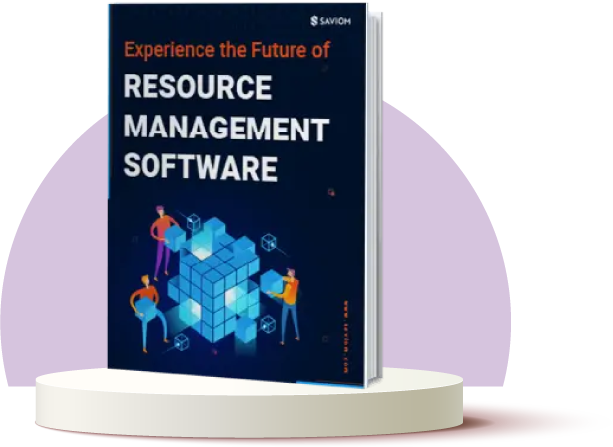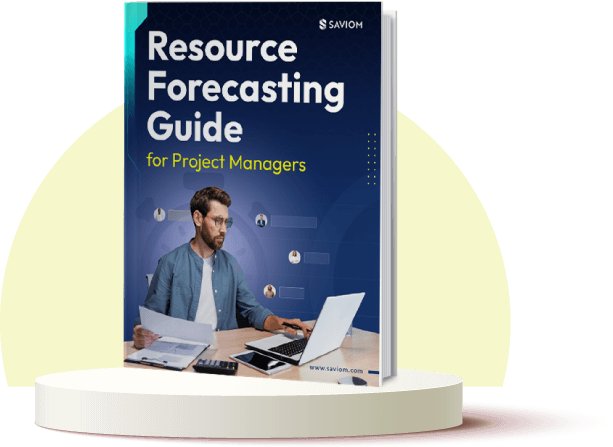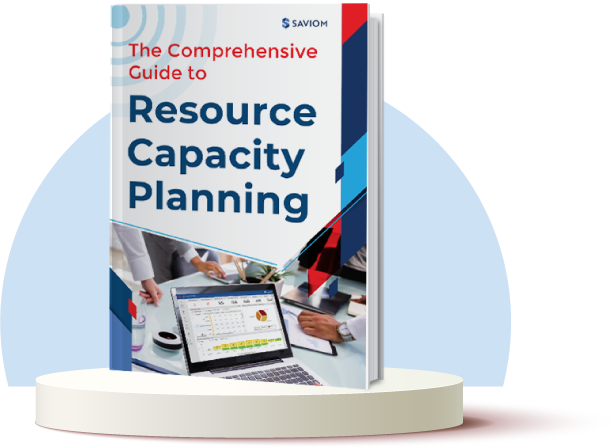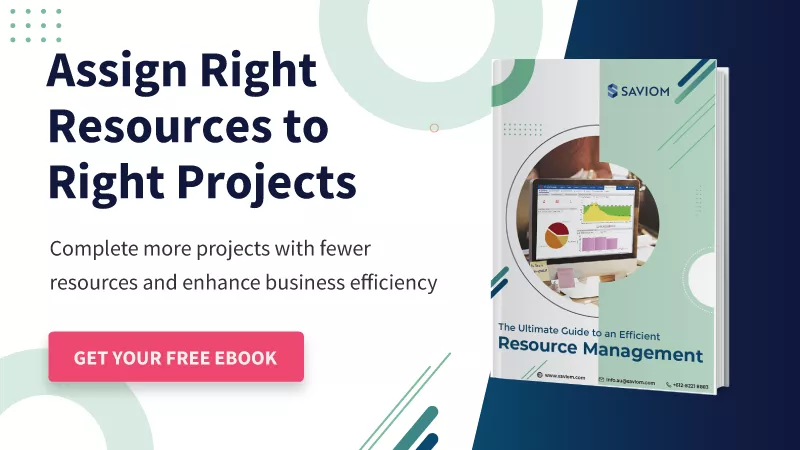A recent Korn Ferry report states that by 2030, 85 million job positions will remain unfulfilled due to a lack of skilled employees.
In an era where talent shortage is becoming a pressing issue, businesses must rethink their workforce strategies and fully understand the benefits of talent management.
Implementing a robust talent management framework addresses these shortages and helps prepare a skilled, future-ready workforce. This ensures that the right people are in the right roles to drive the company forward.
Moreover, the talent management benefits extend beyond merely filling positions; it fosters employee engagement, cultivates leadership, and unlocks the full potential of your business.
In this blog, we’ll explore the key benefits of talent management and how it can help your organization stay competitive and thrive in an ever-changing market.
What Are the Elements of Talent Management?
Talent management encompasses a range of interconnected processes designed to attract, develop, and retain top talent within an organization.
At its core, talent management begins with a strategic approach to workforce planning, ensuring that the company’s future needs align with its business goals. This involves identifying key roles and required skills, followed by sourcing and recruiting candidates who fit both the technical and cultural aspects of the organization.
Once the right talent is in place, the focus shifts to development and retention. This includes onboarding programs that integrate new hires into company culture and continuous learning opportunities that allow employees to grow and adapt to their roles.
The performance management system is also crucial, as it enables talent managers to provide regular feedback and set clear expectations to drive workforce productivity and engagement. Additionally, leadership development and succession planning are essential elements, ensuring that future leaders are identified and prepared to take on critical roles as the company evolves.
Now that we know the key elements, let’s understand some benefits of talent management.
Read More: Talent Management Best Practices: 10 Ways Firms Can Enhance Business Efficiency
Benefits of Talent Management
Talent management is a powerful strategy that helps develop and manage a team for organizational success. Let’s have an in-depth look at these benefits:
Ensures Recruitment of Highly Skilled Employees
“Research suggests that the expense associated with a poor hiring decision can be between five and 27 times the individual’s actual salary.”
A proper talent management framework allows companies to develop robust recruitment strategies to fulfill current and future skill requirements. It involves mapping the skills and competencies available within the organization and assessing the talent gaps. Based on that, they can seek and hire specific resources who meet the requirements. This proactive approach helps minimize last-minute firefighting and ensures the company is always equipped with the best talent.
Boosts Employee Engagement and Productivity
“According to a Gallup study, utilizing the skills and strengths of employees regularly improves their engagement by six times.”
Talent management strategies focus on building a positive work environment where employees feel valued and nurtured and their skills are properly utilized. Thus, when employees work on tasks and projects that align with their expertise and interests, it leads to higher productivity. Moreover, talent strategies ensure that employees have well-defined roles and responsibilities. This helps staff to understand how their hard work and efforts contribute to overall organizational success, resulting in better employee engagement.
Foster Multi-skill Building Through Training and Development
Training and development are core components of effective talent management. It allows organizations to facilitate skill diversification through IDPs, job rotation, and shadowing opportunities. Such multi-skilling initiatives help prepare employees for advanced, multi-faceted projects while enhancing their productivity and job performance. Thus, businesses can ensure their workforce remains agile and future-ready.
Read More: How Can Retraining/Upskilling Future-Proof Your Workforce?
Facilitate Succession Planning for Key Roles
“Hireology suggests, 94% of employers indicate that having a succession plan positively influences their employees’ engagement levels.”
Proper talent management helps organizations develop robust succession plans for critical roles. It involves identifying high-potential employees, providing them with relevant learning opportunities, and creating an environment that fosters continuous development. By proactively preparing employees for future leadership roles, organizations can maintain stability and operational continuity. Moreover, it allows for the upward mobility of competent employees to higher positions, improving job satisfaction and engagement.
Reduces Employee Turnover Rates
“Gallup study reports that the expense involved in replacing an employee can be anywhere from 50% to 200% of their annual salary.”
Effective talent management emphasizes holistic employee development. It allows organizations to develop well-defined strategies that enhance employee retention and minimize turnover. These strategies focus on creating a conducive environment that promotes professional growth and fosters a better work-life balance. In addition, it enables organizations to offer competitive pay and benefits to employees to retain them for the long haul.
Read More: 7 Effective Retention Strategies for Niche-Skilled Resources
Increases Organizational Agility and Competitiveness
Talent management benefits include building a highly skilled workforce through persistent training and upskilling initiatives. This ensures organizations are better equipped to undertake advanced projects and stay ahead of technological advancements, market trends, and evolving customer demands. As a result, organizations can respond proactively to industry shifts, maintaining a competitive edge and driving long-term success.
Streamlines Employee Performance Management
“A McKinsey research found that companies with strong performance management strategies perform at a higher level than others in their industry.”
Talent management streamlines employee performance appraisals by providing clear insights into each resource’s strengths, weaknesses, and career goals. Furthermore, detailed assessments help identify what motivates employees, allowing for more effective career progression and personalized development plans. Therefore, talent management strategies facilitate continuous feedback cycles that enhance workforce productivity and performance.
Read More: 9 Effective Tips on Enhancing Employee Performance at Work
Conclusion
In today’s fast-paced world, implementing talent management best practices is essential for nurturing and growing the people who drive the company forward. Therefore, investing in smart recruitment, development programs, and thoughtful succession planning boosts not just individual skills but the potential of the entire organization.
Finally, by creating a work environment where employees feel valued and challenged, firms can foster higher engagement, lower turnover, and a more competitive company.
The Glossary
Read More: Glossary of Resource Workforce Planning, Scheduling and Management
The SAVIOM Solution
SAVIOM is undoubtedly the market leader in offering the most powerful and configurable Enterprise Resource Management Solution. Having more than 20 years of experience, this Australian-based MNC has a global presence in over 50 countries. It is also popular with more than 100 customers and helps them to achieve their business goals. SAVIOM also has products for project portfolio management, professional service automation, and workforce planning software, which can be easily customized per business requirements.











